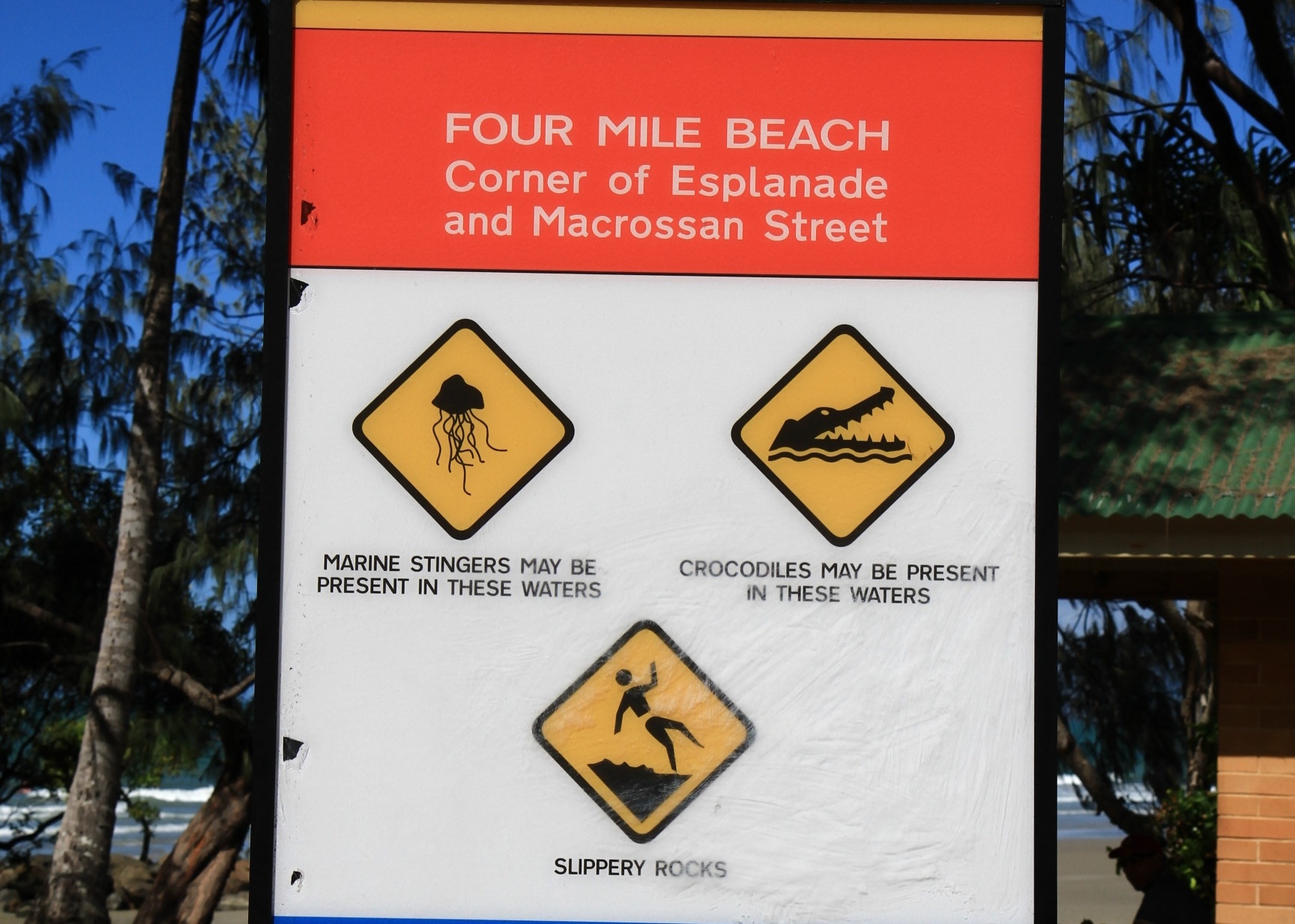Warning
1. There is no need to leave the marked path or climb on the rocks to claim this cache. If you decide to do so anyway it is at your own risk. Under no circumstances can you hold the owner or groundspeak liable for any harm occuring while you approach this cache.
2. Should you decide to visit the beach nearby, obey all warning signs. The area is inhabited by salt water crocodiles and box jelley fish can be present in the water, especially in summer!

Batholith are a rock formation of magmatic origin. But they are not created by the most obvious magmatic event, an volcanic erruption. They are the result of a rather hidden process called intrusion. They are large - usually more then 100 square kilometers - emplacements of magmatic rock that melted its way from the inner crust into the upper layers of cold rock.
Northern Queensland was sea floor several hundreds of million years ago. Sedimentation of sand, mud and shells of aquatic organisms over millions of years produced hundreds of meters of sedimentary rock. Into this rock the magma oozed from the hot lower crust, replacing and melting the sedimentary rock and creating the batholith.
When the area got lifted above sea level, erosion began its work and degraded the rock that was in place. But the sedimentary rock is much softer than the batholith. While the sedimentary rock is mostly gone, the batholith can still bee seen today. Most of the mountains seen today in Northern Queensland are actually batholith.
Log requirements: Send the answers to the following questions to mail@cicero14513.de There is no need to wait for log approval. In case something should be incorrect, I will contact you.
1. Which geological process created the batholith rock?
2. Which geological process made the batholith visible?
3. Go to the observation point and examine the appearance of the batholith rock. Describe its overall appearance (color, size, shape) and the details of the rock (soft or hard, smooth or rough, chrystall grains or none, layers or none)
4. According to the information board, how many million years ago was this spot burried under hundreds of meters of sand and mud on the sea floor?
5. Erosion is taking place today and affects the batholith at Port Douglas. Describe how you can see the effect of the erosion today.